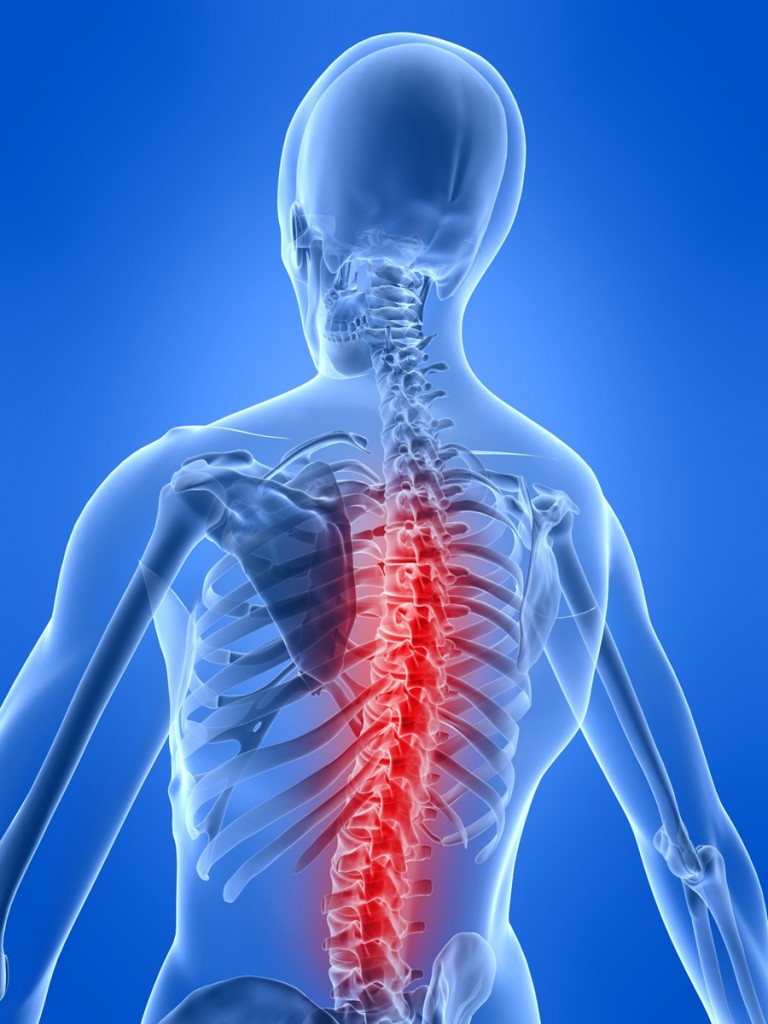Pain Management in Older Adults
Comfort and pain management are the most basic needs of individuals, yet there remains inadequate assessment and under treatment of pain, especially in older adults from a minority group or in a nursing home (Touhy & Jett, 2010, p. 261). It may be related to the misconceptions about pain and aging which include “pain as a normal part of aging, decreased pain sensitivity in older people, patients with dementia not feeling pain, the use of opioids being too dangerous, and the absence of a report of pain indicating an absence of pain” (Coker et al, 2010, p. 139). However, “older individuals have an increased risk for developing pain-causing conditions and illnesses like osteoarthritis, rheumatoid arthritis, back and neck pain, diabetic polyneuropathy and post-stroke syndrome” (Curtiss, 2010, p. 7-8). In older adults, pain may cause many secondary problems like disturbed sleep, reduced appetite, depression, disability, decreased participation in social activities and falls (Fouladbakhsh et al, 2011, p. 71).
An effective management of pain should start with a comprehensive, individualized, and ongoing assessment. Nurses should also consider personal, cultural, spiritual, and ethnic beliefs that may impact care (Pawasauskas & Luisi, 2001, p. 73). Culturally competent nurses are better able to understand, assess, and provide treatment to culturally diverse patients since they respond to and express pain differently. Some patients demonstrate presence of pain by moaning, groaning, grimacing, and muscle guarding. In patients with persistent pain, physiologic indicators of pain like heart rate, blood pressure, respiratory rate, and diaphoresis may not reliably indicate the presence or absence of persistent pain because sympathetic nervous system attenuates and does not produce signals that lead to changes in vital signs (Curtiss, 2010, p. 8). An assessment of pain becomes even more challenging in individuals with cognitive impairment due to their non-expressive facial expressions. Thus, it is imperative to utilize different assessment techniques like Faces Pain Scale, Verbal Descriptor Scale, Numeric Rating Scale, and Behavioral pain assessment tools to obtain the most accurate results. “Older adults, particularly those with cognitive impairment, tend to prefer vertical rather than horizontal scales” (Curtiss, 2010, p. 10). Patients’ responses to analgesic trials may alert nurses of the presence of pain. Nurses must also ask direct questions about pain because some patients avoid discussing pain unless they are asked. It is also helpful to use different words when asking about pain. Instead of “pain,” a nurse might use “hurt,” “sore,” “ache,” or “discomfort” (Curtiss, 2010, p. 9). When evaluating the progress of pain management, the researchers advise to use the same scale that was used for pain screening.
The type of pain present in a patient determines the type of treatment performed. There are two types of pain, nociceptive, which responds well to traditional approaches, and neuropathic pain, which responds to unconventional analgesic drugs like tricyclic antidepressants and anticonvulsants. Nociceptive pain may be visceral or somatic and is most often derived from the stimulation of pain receptors. Neuropathic pain results from the pathophysiology of peripheral and central nervous system. Neuropathic pain may require higher doses of opioids (Dalacorte et al, 2011, p. 350). Pain management may be more effective when medications are administered on a schedule or around-the-clock, rather than as needed (Curtiss, 2010, p. 11). However, pharmacological management of pain in older adults is often insufficient due to cautious prescribing practices, and the concerns of older adults about using analgesics because of side effects and adverse drug reactions (Stewart et al, 2012, p. 1). For the best management of pain, the researchers recommend a combination of pharmacological (PS) and non-pharmacologic (NPS) strategies. Some of the non-pharmacological strategies include nutritional supplements, herbal remedies, vitamins, meditation, relaxation, massage, exercise, ointments, reiki (palm healing), heat, and cold. NPS strategies avoid potential drug interactions and side effects while providing pain relief. NPS strategies “diminish pain perception by reducing intensity and increasing pain tolerance, reduce pain-related distress, strengthen coping abilities, and give the patient and family a sense of control over pain” (Fouladbakhsh et al, 2011, p. 73). However, many older adults are unaware of different NPS strategies and their efficacy. Educating older adults about safe and effective NPS strategies may improve pain management.
There are many different barriers that inhibit an effective assessment and appropriate pain management in older adults. Some of those barriers are patient-related, caregiver-related, and systems-related. Patient-related barriers are fears about addiction, sensory and cognitive impairments, stoicism, reluctance to report pain, side effects, and belief that pain is normal. Caregiver-related barriers are lack of knowledge, difficulty communicating with patients, physicians’ attitudes, and nurses’ attitudes toward pain. Systems-related barriers are pain experts not being available, lack of ability to consult with peers, difficulty contacting or communicating with physicians, limited access to clinical pharmacists, lack of in-depth pain assessments at baseline, and lack of standardized approaches (Coker et al, 2010, p. 141). These are the barriers that need to be addressed in order to improve pain management in older adults.
References
Touhy, T. A., & Jett, K. F. (2010). Ebersole and Hess’ Gerontological Nursing & Healthy Aging (3rd ed.). St. Louis, MO: Mosby Elsevier
Coker, E., Papaioannou, A., Kaasalainen, A., Dolovich, L.,Turpie, I., et al. (2010). Nurses’ perceived barriers to optimal pain management in older adults on acute medical units. Applied Nursing Research, 23, 139-146.
Curtiss, C. P. (2010). Challenges in pain assessment in cognitively intact and cognitively impaired older adults with cancer. Oncology Nursing Forum, 37(5), 7-16.
Fouladbakhsh, J. M., Szczesny, S., Jenuwine, E. S., & Vallerand, A. H. (2011). Nondrug therapies for pain management among rural older adults. American Society for Pain Management Nursing, 12(2), 70-81.
Pawasauskas, J. E., & Luisi, A. F. (2001). Pain management in long-term care: Update on guidelines and JCAHO standards. Marquette Elder’s Advisor, 2(3), 70-74.
Dalacorte, R. R., Rigo, J.C., & Dalacorte, A. (2011). Pain management in the elderly at the end of life. North American Journal of Medical Sciences, 3(8), 348-354.
Stewart, C., Leveille, S.G., Shmerling, R.H., Samelson, E.J., Bean, J.F., et al. (2012). Management of persistent pain in older adults: The Mobilize Boston Study. The American Geriatrics Society, 1-6.




